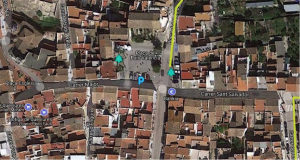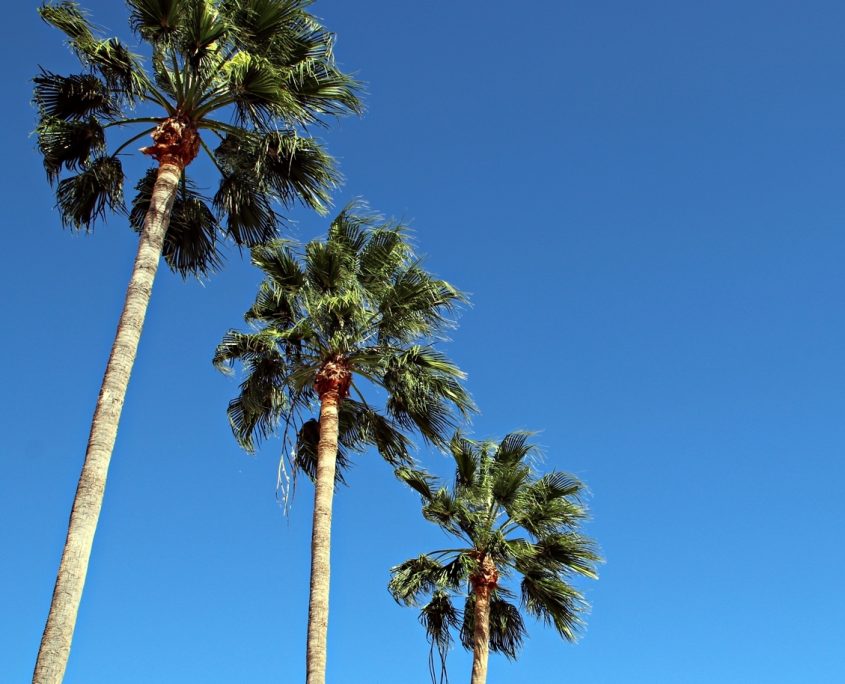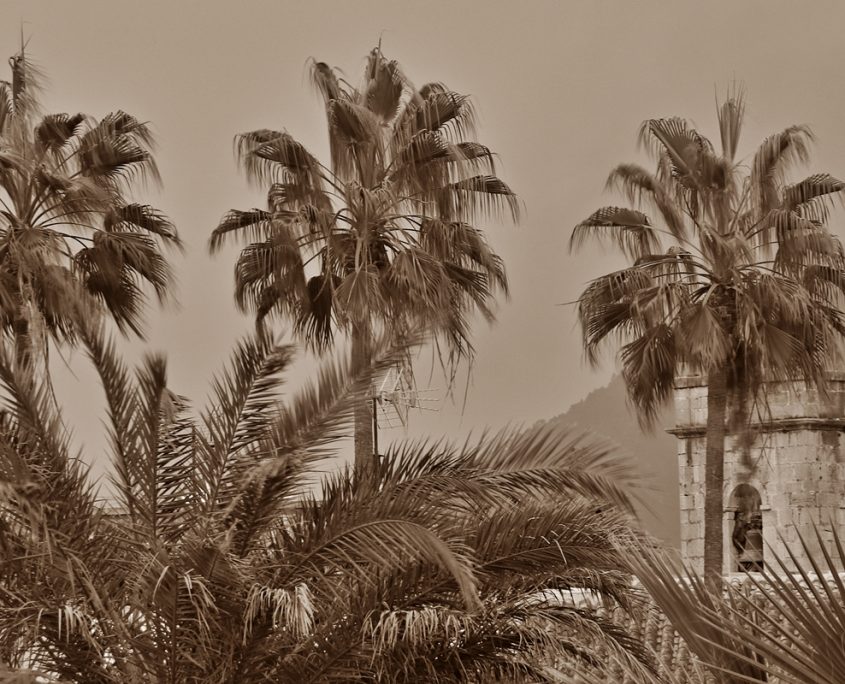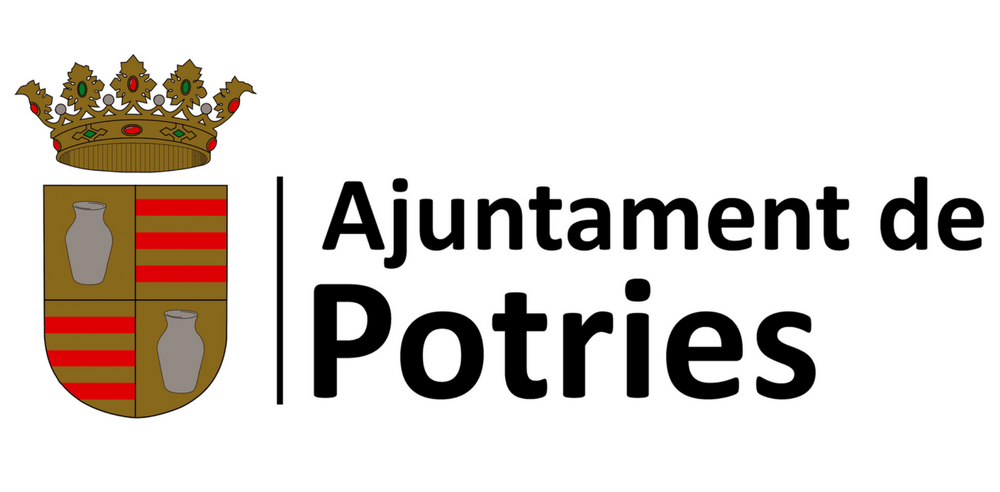Washingtonia robusta – Family: Arecaceae
General characteristics
Slender palm tree of 15 to 25 metres high with a long stalk without branches, ending with a thin and svelte leafy greyish brown bunch.
Its leaves are shaped like a 1 metre fan, which are divided in pointed segments, with a forked tip and youthful long and white threads that disappear with age. The petiole is 1 metre long and has curved teeth on the edges.
The creamy color flowers are hanging in very long bunches (2 to 3 metres long) which spring from between the base of the leaves.
Its abundant fruits, are oval blueish black drupes of less than 1 centimetre.
Uses
In its origins, its leaves were used in burials.
Nowadays, this palm tree is grown as an ornamental plant, not only in gardens but also in streets.
It is common to see its withered leaves left hanging.
Curiosities
The scientific name “Washingtonia robusta” stems from the generic name Washingtonia, from George Washington (1732-1799), the first president from the United States of America, and from the latin word “robusta”, which means growing strong. The Spanish settlers taught the natives from the northeast of Mexico to eat the apical shoots from the Mexican palm trees, which meant that many palm groves were destroyed.
Palm trees from the plaza del País Valencià
The three palm trees are well preserved. They are straight, with a full crown.
CONDITION: Some wounds are found on the trunk after having been stapled onto when hanging decorations or notices up.
ASSOCIATE LIFE: Not seen.
SETTING:
- NATURAL: the three palm trees and the other trees from the square.
- ANTHROPIC (man-made): Practically there aren`t any water basins around them. They are surrounded by waterproof pavement. They are near public streetlighting. Motorbikes usually park near their trunks. The bar in the square leaves their parasol bases on their water basins
| Palm tree 1 | Palm tree 2 | Palm tree 3 | |
| Trunk perimetre at 1.30 m | 1,07 m. | 1,17 m. | 1,25 m. |
| Height | 16,58 m. | 17,73 m. | 18,20 m. |
| Cup width | 7,90 m. | 7,90 m. | 7,90 m. |
Ethnobotany and/or associated history:
These trees were planted around 1995 (Source: Damià Oliver).
That same year, when digging the square for its renovation, a muslim necropolis arhcaeological site was found (Potries had been inhabited almost exclusively by converted muslims until 1609, date of the expelling of the moors).
On foot access from parking:
Parking can be easitly found in the Plaça del País Valencià or in the streets nearby.

Location:
GPS parking location:
X, Y: 38.915352, -0.193747
GPS tree location:
X, Y: 38.915442, -0.193855

Accessibility adapted to everyone.






